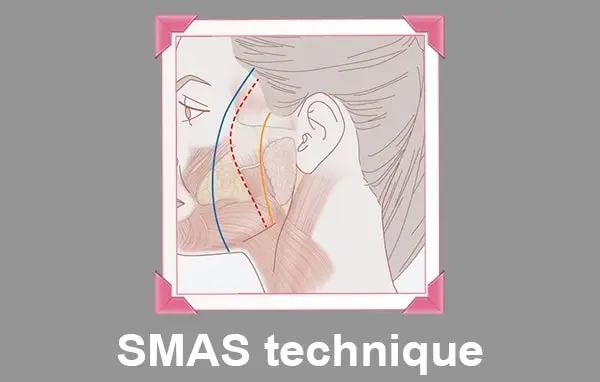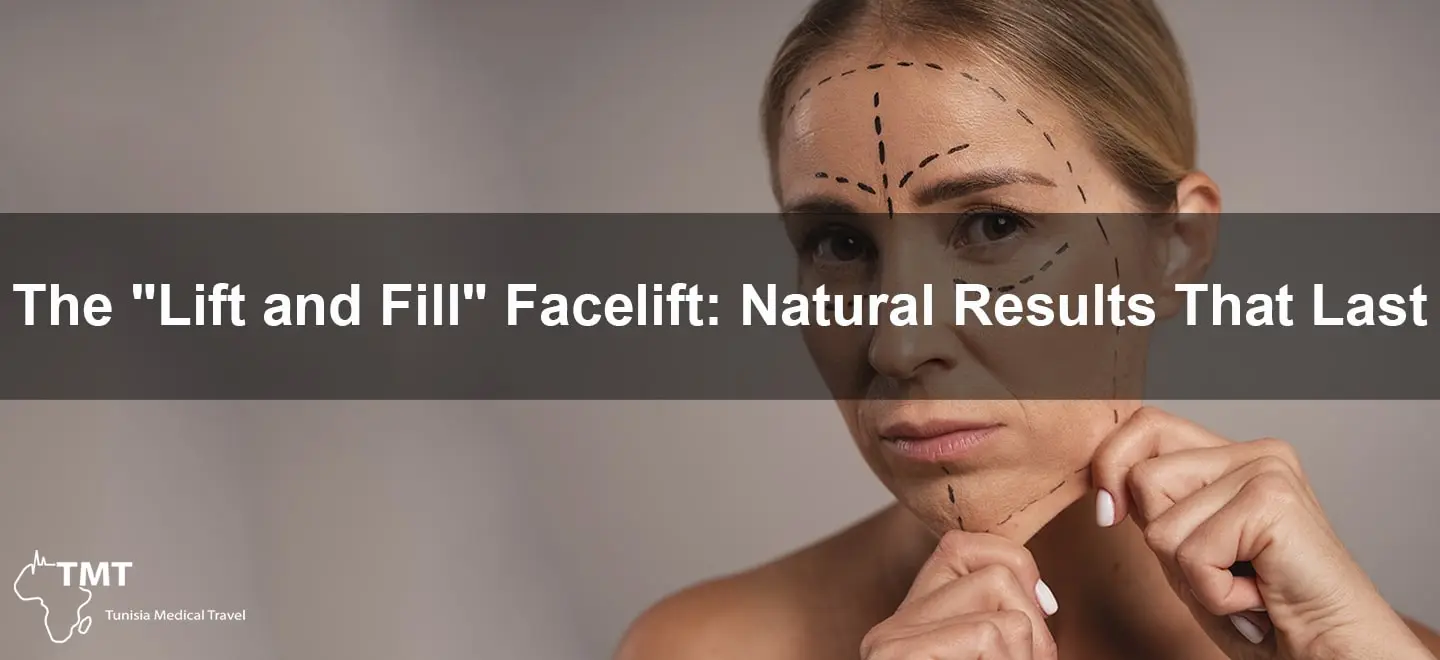The « Lift and Fill » Facelift: Natural Results That Last
The « Lift and Fill » Facelift: Natural Results That Last
With skin tone change being a natural part of aging, it is also possible to have too much improvement from lifting. The skin will naturally return to its original degree of laxity by its nature. Therefore, any method that seeks to correct every sign of aging beyond the desired degree must accept that the improvement is only temporary. An understanding and acceptance of this concept is essential for patient satisfaction as often too much improvement to a particular area can give a gaunt and aged appearance at other areas. With time, the modern method should leave the patient always appearing fresher and younger than their true age. This is, in essence, natural appearance aging done in reverse to the unnatural occurrence of age beyond years.
Every age-related change can be improved or reversed with the correct technical approach. However, an overly aggressive technique often leads to change that looks unnatural or overdone. This is the pitfall of traditional techniques where excessive skin tightening at multiple points down the skin envelope was the primary method of lifting. Today’s understanding highlights sagging in the deeper structures, volume loss, and changes in skin tone. Therefore, optimal age reversal is achieved by lifting deeper, often releasing the tightened ligaments that anchor the deeper structures and repositioning the fat to a more youthful position. Support of these deep structures then reduces tension on the skin envelope, and in many cases, skin redraping is unnecessary at all. When a degree of skin redraping is necessary, it is a small and directional lift rather than stretching skin tight over undermined deeper structures. This offers a safer and more subtle degree of improvement with a reduction in recovery from swelling and bruising.
Contemporary face lifting is not a simple exercise of skin and deeper tissue repositioning. It is a complex set of techniques, each directed at a specific point of the aging process. Usually multiple techniques are necessary to address each component of facial aging. Therefore the procedures must be both sophisticated and precisely executed. The particular attributes of the natural appearance method regard the specific techniques to be employed and how they are executed. The modern understanding of the aging process and the impact of facial surgery is the foundation of the natural appearance method.
Signs you might be ready for a surgical facelift
Deep creases below the lower eyelids and along the nose extending to the corner of the mouth are a sign that a lift face may help improve the loss of skin elasticity and muscle tone. Loss of jawline contour is an indication that underlying structures have sagged and a facelift would be an appropriate solution. If when you pull on your neck skin and hold it up you see that the jawline reappears, this is known as a test for « jowling » and this indicates that a facelift may be a suitable solution for you. If you are in good general health, have a positive attitude and realistic expectations, you are most likely a good candidate for this procedure. Ideal candidates are those that do not have medical conditions that can impair healing, non-smokers, and individuals with a positive outlook and specific goals in mind for this procedure. Loose skin in the lower half of your face and neck is often a sign that you may be a candidate for a lift face.

The evolution of facelift surgery
The initial face lifts were « skin only » techniques that dealt exclusively with the removal of excess skin. Often, these procedures would leave patients with an unnatural, « windswept » or « overly tight » appearance. To correct this, more extensive work on the layer under the skin (the SMAS) was recommended. The SMAS is a layer of tissue under the skin that was discovered to be significant in the aging process. This layer of tissue can loosen and sag with age, and tightening it was shown to give longer-lasting and more natural results. This revelation caused a significant shift in the philosophy of facelift surgery; SMAS techniques are widely accepted to be the foundation of improving facelift outcomes. These types of face lifts are often referred to as « deep plane » or « extended SMAS » techniques and vary in invasiveness, but all involve some sort of manipulation of the SMAS layer before re-draping the skin. The most recent variation of face lift technique has focused on minimal or non-invasiveness. The advent of non-surgical face lift techniques such as Botox and fillers provides an extremely limited recovery time and temporary, albeit less substantive, results. This is a substantial contrast to the more invasive sub-SMAS techniques that involve a significant recovery period but more substantive and longer-lasting outcomes. At the other end of the spectrum to these non-surgical face lift techniques are endoscopic face lifts. An endoscopic facelift, while still less invasive than traditional methods, is a minimally invasive technique that attempts to improve upon the invasiveness of non-surgical face lift methods while providing longer-lasting and more substantive results.
What is « The Lift and Fill » facelift technique?
The « Lift and Fill » facelift technique is designed to lift the underlying structures of the face in a more natural and long-lasting way. It combines repositioning of the descended facial tissues with volume enhancement using fat transfers. Commonly with aging, volume is lost from the face giving a gaunt look, deep hollows under the eyes and an overall tired appearance. Skin also sags downwards because of loss of support from the underlying tissues. Conventional face lifting, which involves tightening the skin only, is not effective for correcting these problems. By releasing the tightened bindings that contribute to jowls and mid-face descent, and then repositioning these tissues and lifting them back to their normal position, longer-lasting and more natural results are achieved. Volume enhancement using fat transfers is a very effective way of addressing loss of volume during aging and can help to improve hollow cheeks, sunken eyes, deep nasolabial folds, downturned mouth, and thinning lips. Fat is taken from areas where it is not wanted and transferred to areas that require more volume. Because it is the patient’s own tissue that is being transferred, there is no risk of rejection or allergic reaction. It can be long-lasting and additional beneficial effects at the site of transfer include improvement in skin quality and scar tissue formation. The technique is performed under general anesthesia and may take between 3 to 6 hours depending on what is required. A drain may be left in overnight. Patients usually feel that they are presentable after 2-3 weeks, though it can take up to 3 months for all swelling to subside and for the full effects of the surgery to become apparent.

